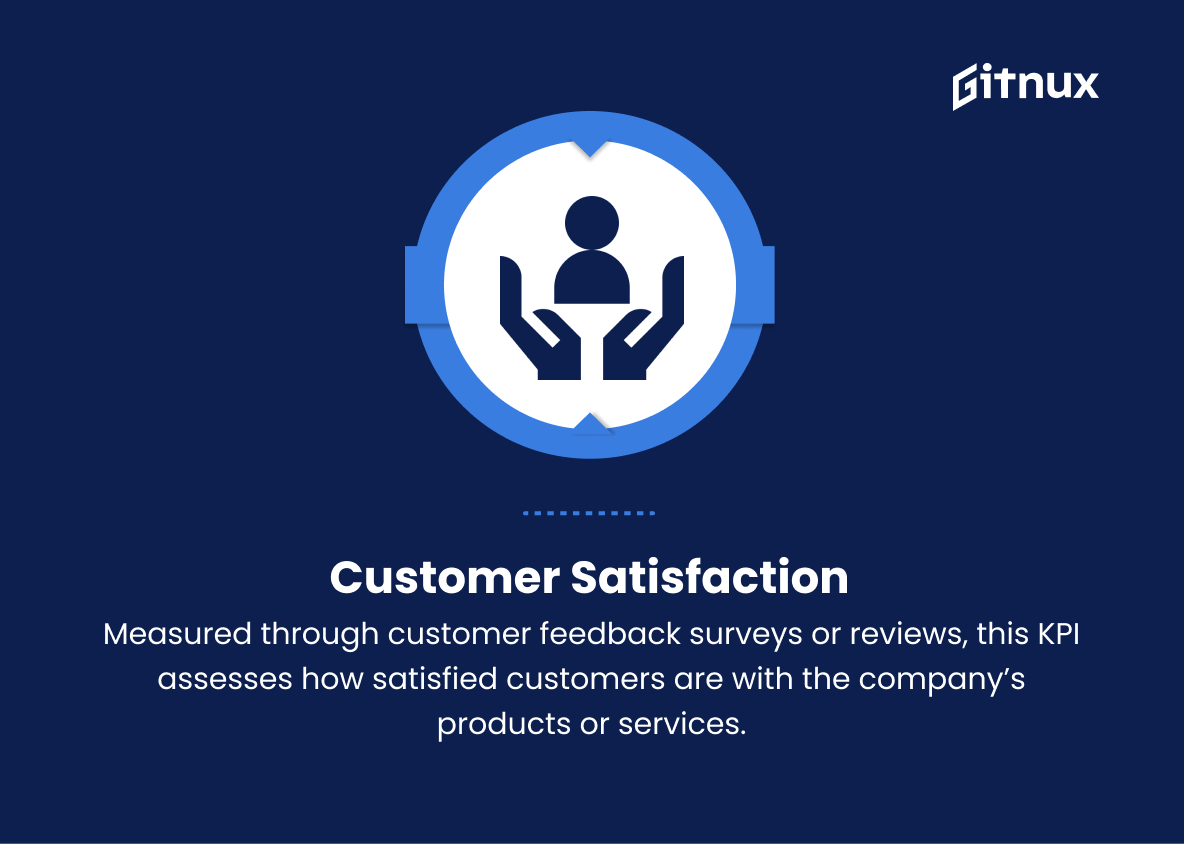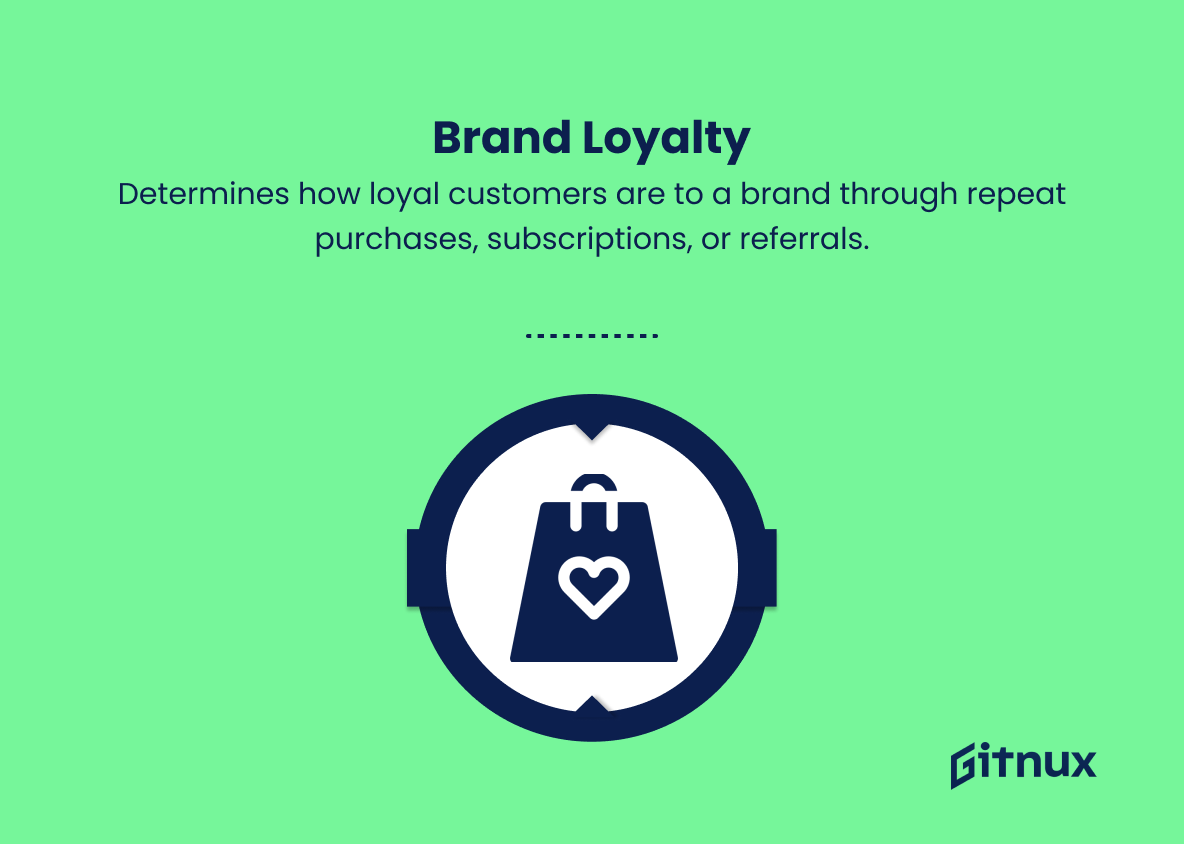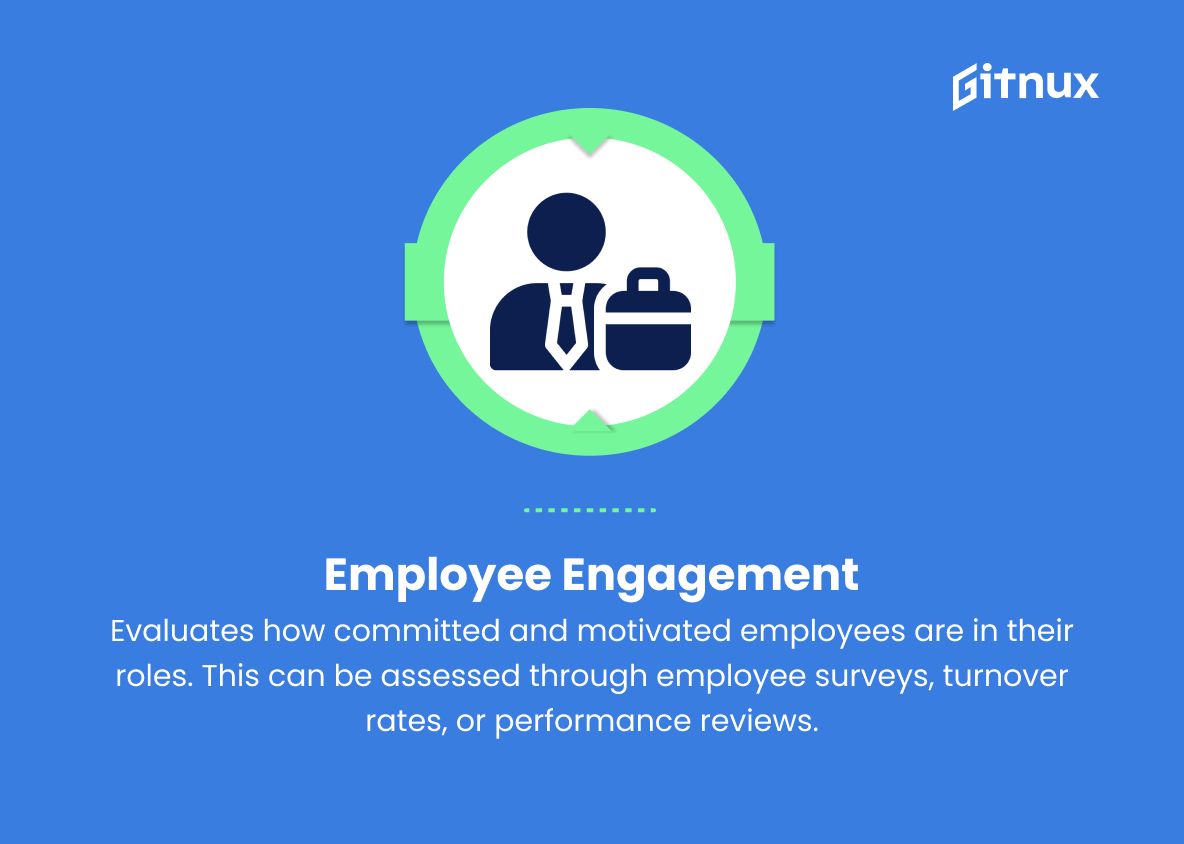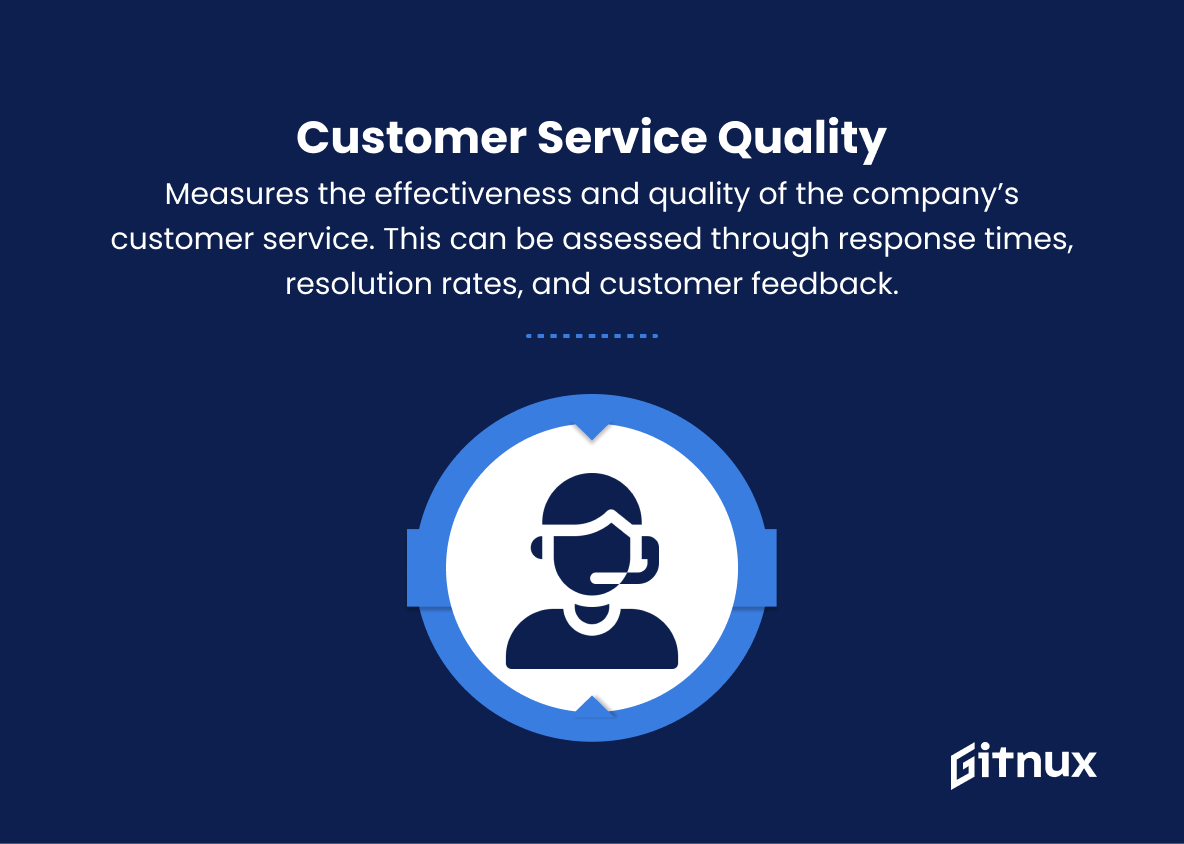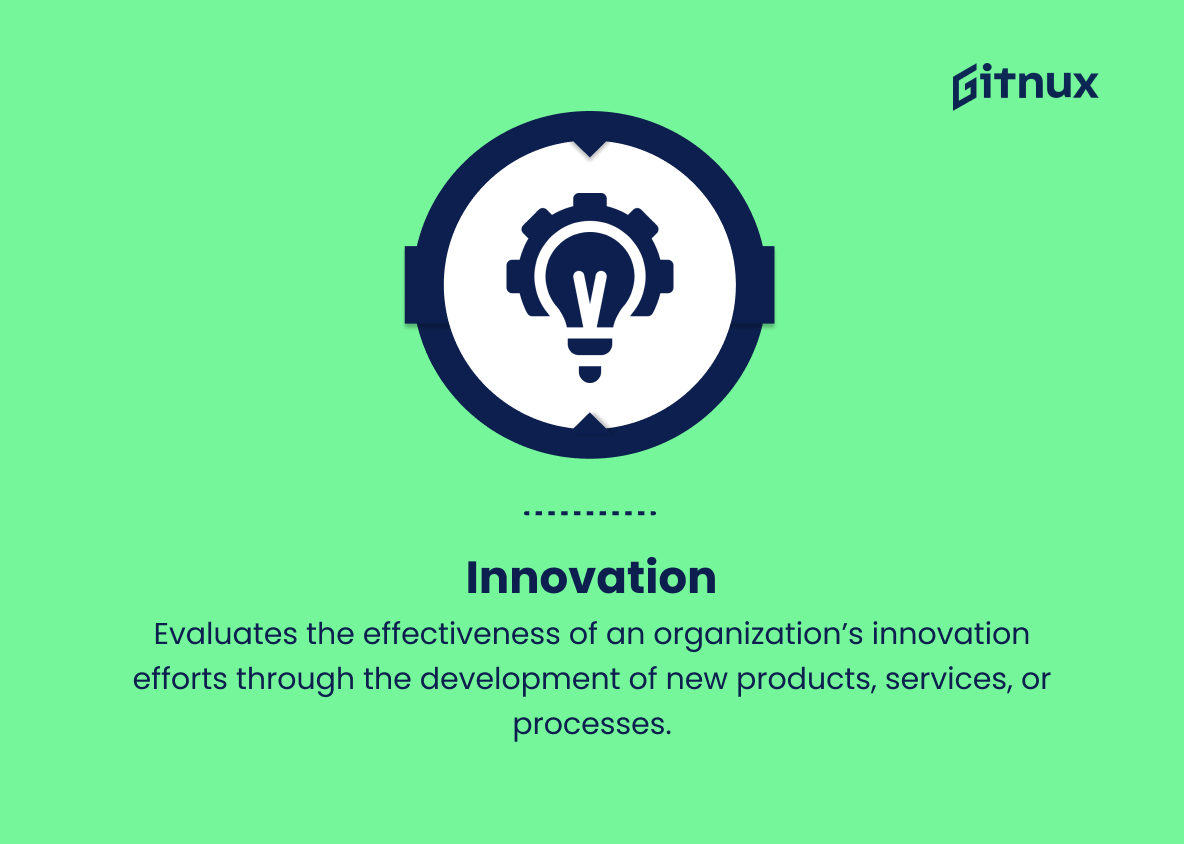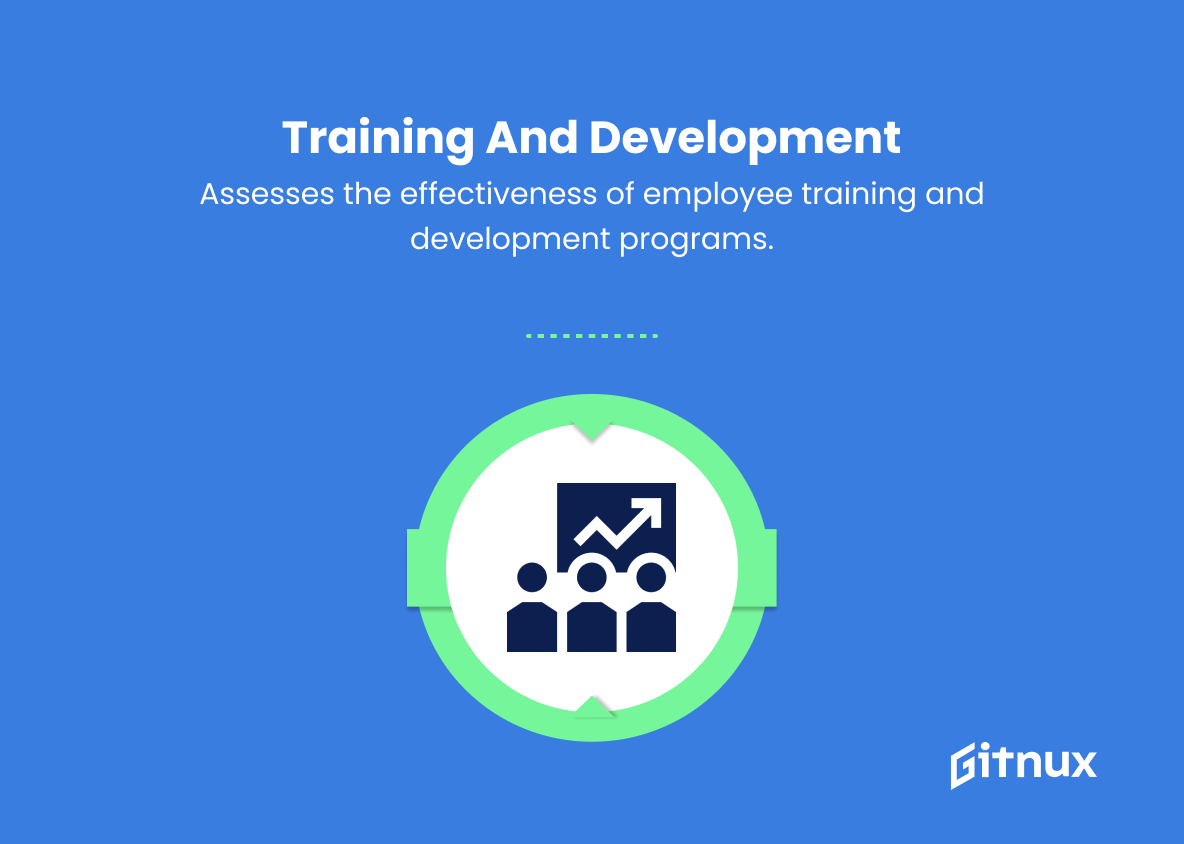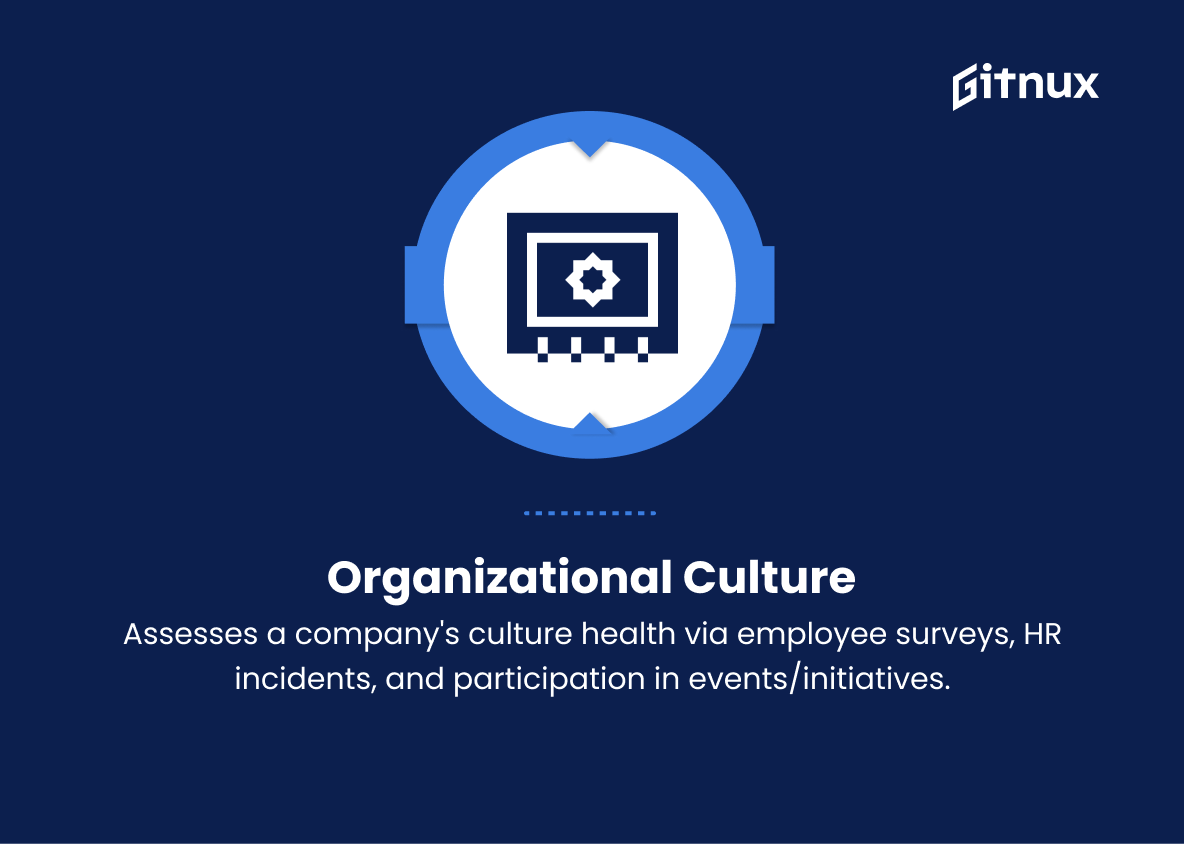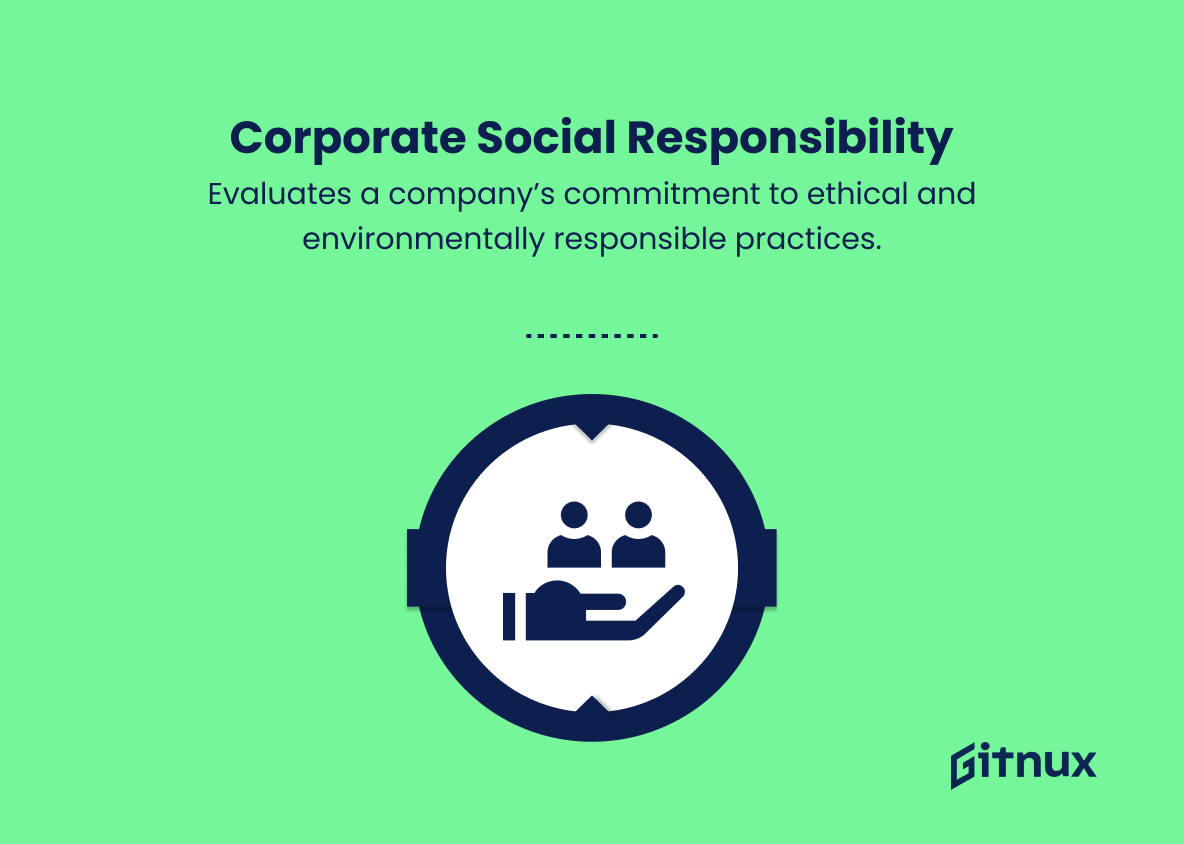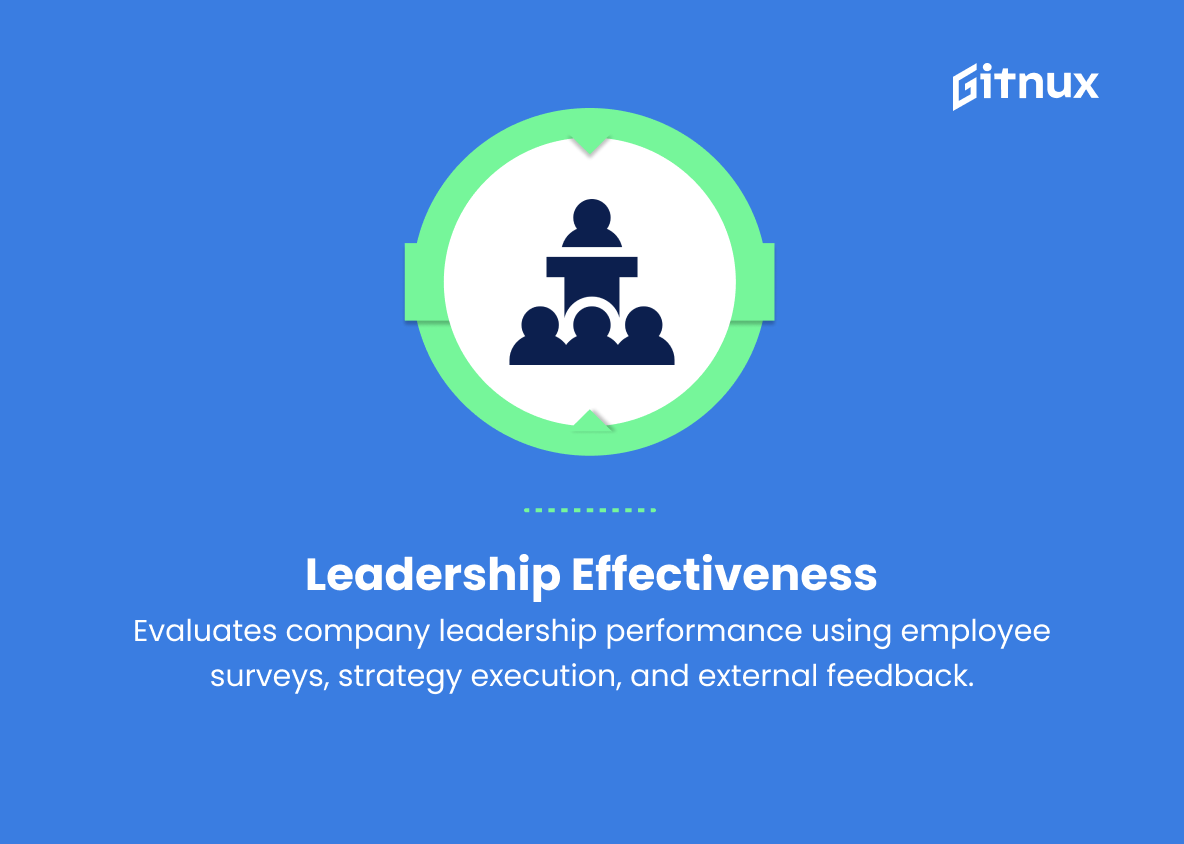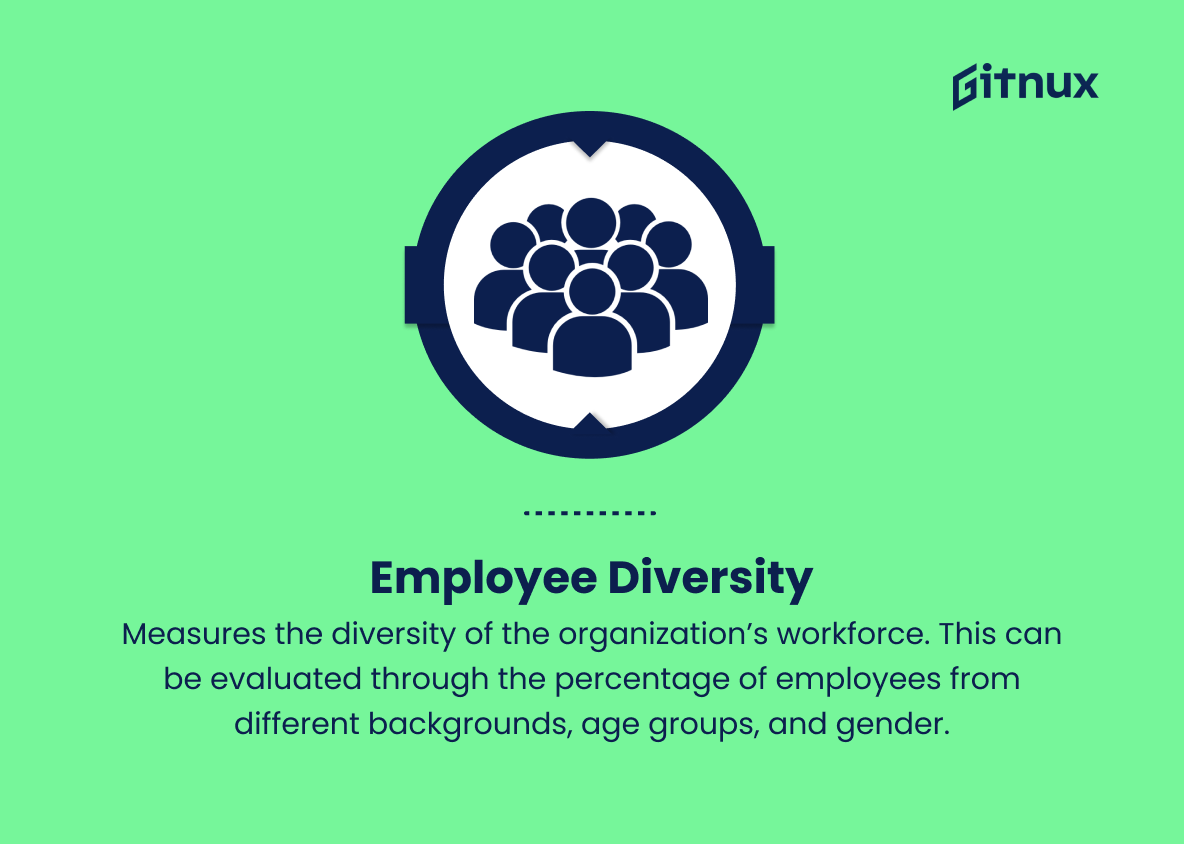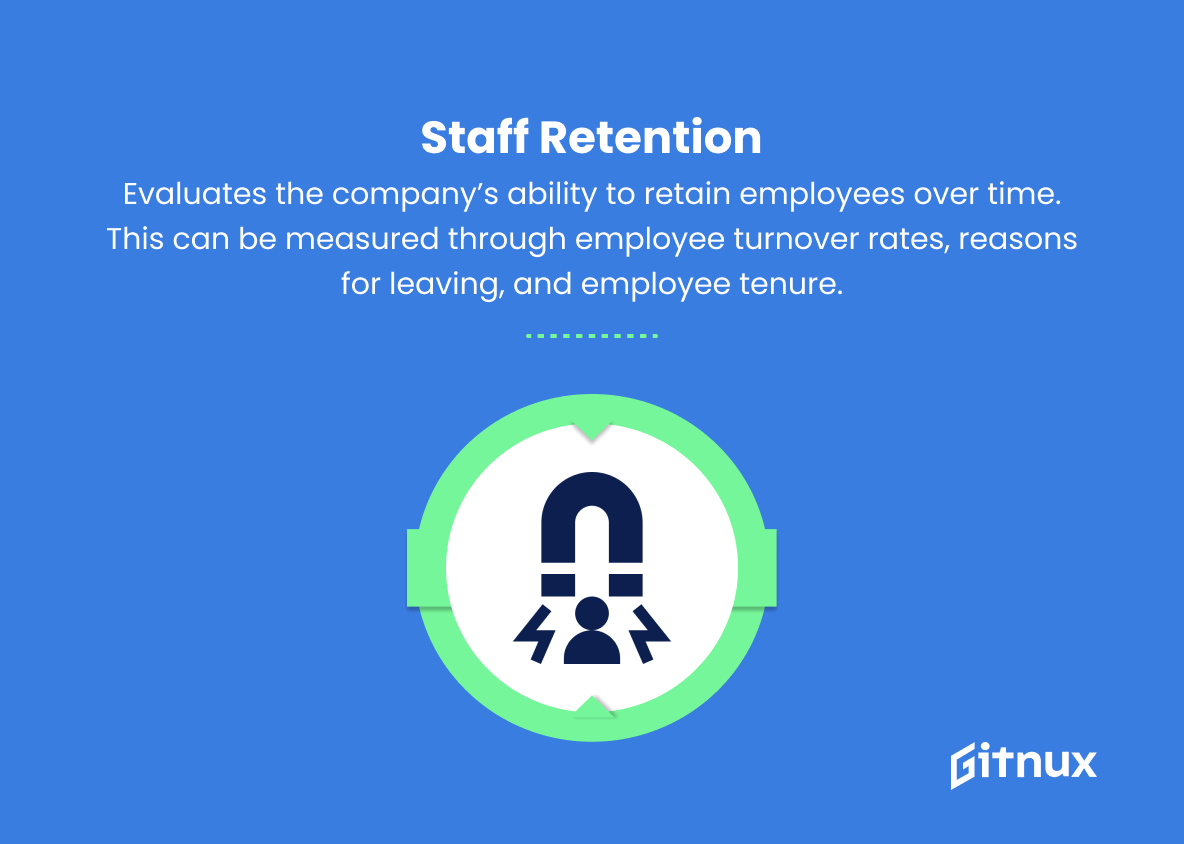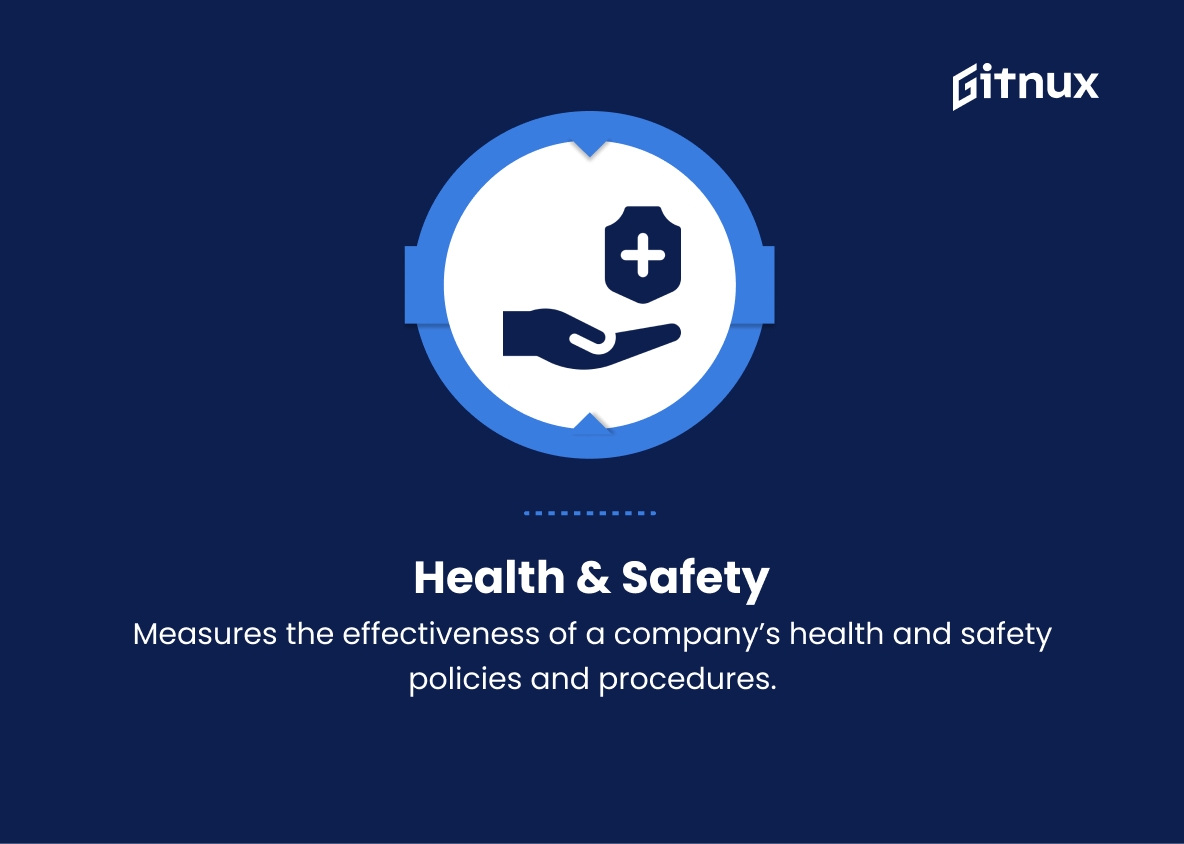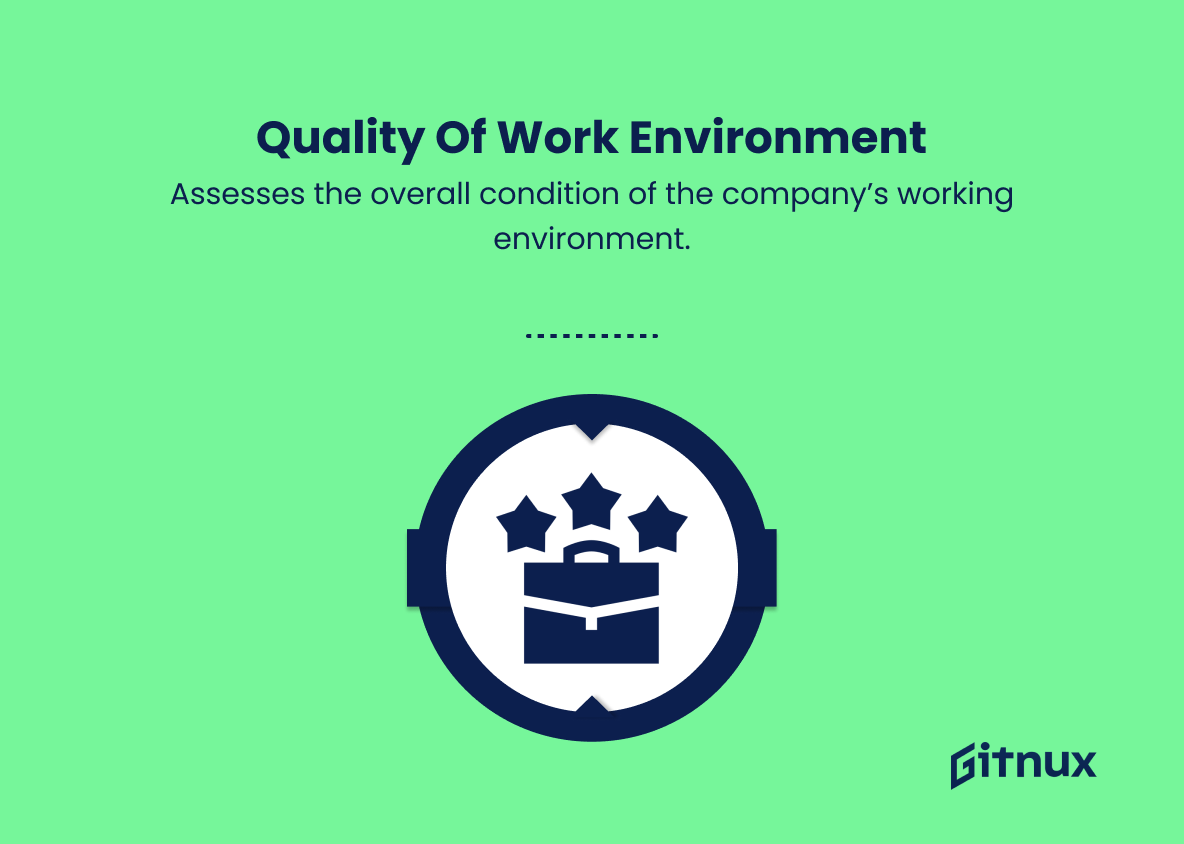In today’s data-driven world, businesses are increasingly reliant on measurable key performance indicators (KPIs) to guide their decision-making processes and quantify their success. While quantitative KPIs have long been recognized for their role in providing concrete, numerical evidence of progress, qualitative KPIs offer invaluable insights into the more abstract aspects of a company’s performance that cannot be easily quantified.
In this blog post, we will delve into the world of qualitative KPIs, shedding light on their importance, how they complement quantitative KPIs, and their critical role in facilitating a comprehensive and nuanced understanding of an organization’s overall performance. As you continue reading, you will discover how qualitative KPIs can help you effectively assess and optimize your marketing, customer relations, and employee engagement initiatives, ultimately driving your business forward in a more meaningful and impactful manner.
Qualitative KPIs You Should Know
1. Customer Satisfaction
Measured through customer feedback surveys or reviews, this KPI assesses how satisfied customers are with the company’s products or services.
2. Brand Loyalty
Determines how loyal customers are to a brand through repeat purchases, subscriptions, or referrals. This can be measured through customer retention rates, net promoter scores, and loyalty program participation.
3. Employee Engagement
Evaluates how committed and motivated employees are in their roles. This can be assessed through employee surveys, turnover rates, or performance reviews.
In today’s data-driven world, businesses are increasingly reliant on measurable key performance indicators (KPIs) to guide their decision-making processes and quantify their success.4. Customer Service Quality
Measures the effectiveness and quality of the company’s customer service. This can be assessed through response times, resolution rates, and customer feedback.
5. Innovation
Evaluates the effectiveness of an organization’s innovation efforts through the development of new products, services, or processes. This can be measured through the number of patents obtained, R&D spending, or the percentage of revenue generated from new products.
6. Training and Development
Assesses the effectiveness of employee training and development programs. This can be measured through employees’ skill improvement, completion rates of training programs, and time spent on training activities.
7. Organizational Culture
Measures the overall health of a company’s internal culture. This can be assessed through employee surveys, the number of reported HR incidents, or the level of employee participation in events and initiatives.
8. Corporate Social Responsibility
Evaluates a company’s commitment to ethical and environmentally responsible practices. This can be measured through a percentage of revenue donated to charities or the carbon footprint of the organization.
While quantitative KPIs have long been recognized for their role in providing concrete, numerical evidence of progress, qualitative KPIs offer invaluable insights into the more abstract aspects of a company’s performance that cannot be easily quantified.9. Leadership Effectiveness
Assesses the performance of a company’s leadership team. This can be measured through employee surveys, the implementation of company strategies, or feedback from external stakeholders.
10. Partner Collaboration
Evaluates the effectiveness of partnerships and collaborations with external organizations. This can be measured through project success rates, the level of collaboration, and feedback from partners.
11. Employee Diversity
Measures the diversity of the organization’s workforce. This can be evaluated through the percentage of employees from different backgrounds, age groups, and gender.
12. Staff Retention
Evaluates the company’s ability to retain employees over time. This can be measured through employee turnover rates, reasons for leaving, and employee tenure.
13. Health & Safety
Measures the effectiveness of a company’s health and safety policies and procedures. This can be evaluated through the number of reported accidents, incidents, or near misses, and employee adherence to safety guidelines.
14. Quality of Work Environment
Assesses the overall condition of the company’s working environment. This can be measured through employee satisfaction surveys, the amount of work-related stress, or the availability of resources and support.
Qualitative KPIs Explained
Qualitative KPIs provide valuable insights into a company’s subjective aspects, like customer perception or employee morale, which significantly impact performance and growth. Customer satisfaction, for instance, helps assess client happiness and reveals areas requiring improvement. Brand loyalty showcases customer commitment and reflects effective branding strategies.
Employee engagement influences productivity and company culture, while customer service quality directly affects the overall customer experience. Innovation measures the company’s progressive efforts, leading to a competitive edge. Training and development displays a company’s commitment to nurturing employee growth. Organizational culture represents the overall work environment and morale, whereas corporate social responsibility demonstrates ethical business practices. Leadership effectiveness influences company direction and strategy implementation, while partner collaboration enhances external alliances’ success.
Employee diversity reveals workforce inclusivity and brings various perspectives to the table. Staff retention points to employees’ commitment to the company, ultimately impacting talent management. Health and safety KPIs highlight a safe work environment and employee well-being, while the quality of the work environment contributes to productivity and satisfaction. Altogether, these qualitative KPIs offer a comprehensive view of a company’s performance beyond just financial and operational objectives.
Conclusion
In summary, qualitative KPIs are an essential aspect of measuring and analyzing a company’s progress and success. Going beyond the quantitative data, these KPIs provide valuable insights into customer satisfaction, brand perception, and employee engagement.
By giving these qualitative indicators attention and consideration, businesses can leverage a more comprehensive understanding of their performance and take actionable steps towards improvement. Ultimately, focusing on qualitative KPIs alongside quantitative ones will lead to a more holistic approach to achieving long-term success and sustainable growth.
